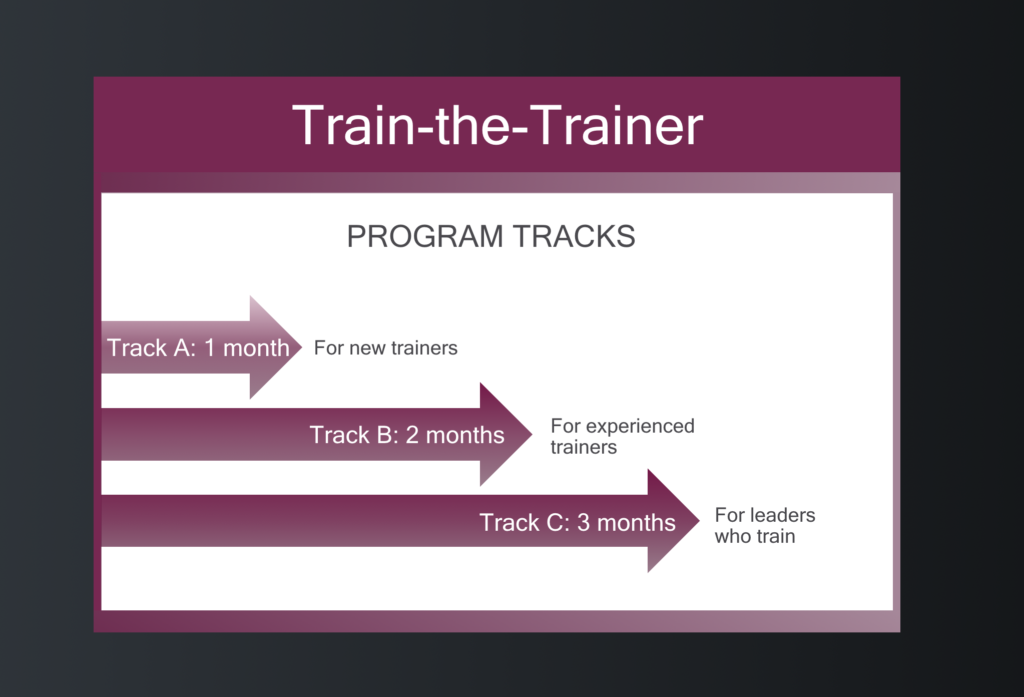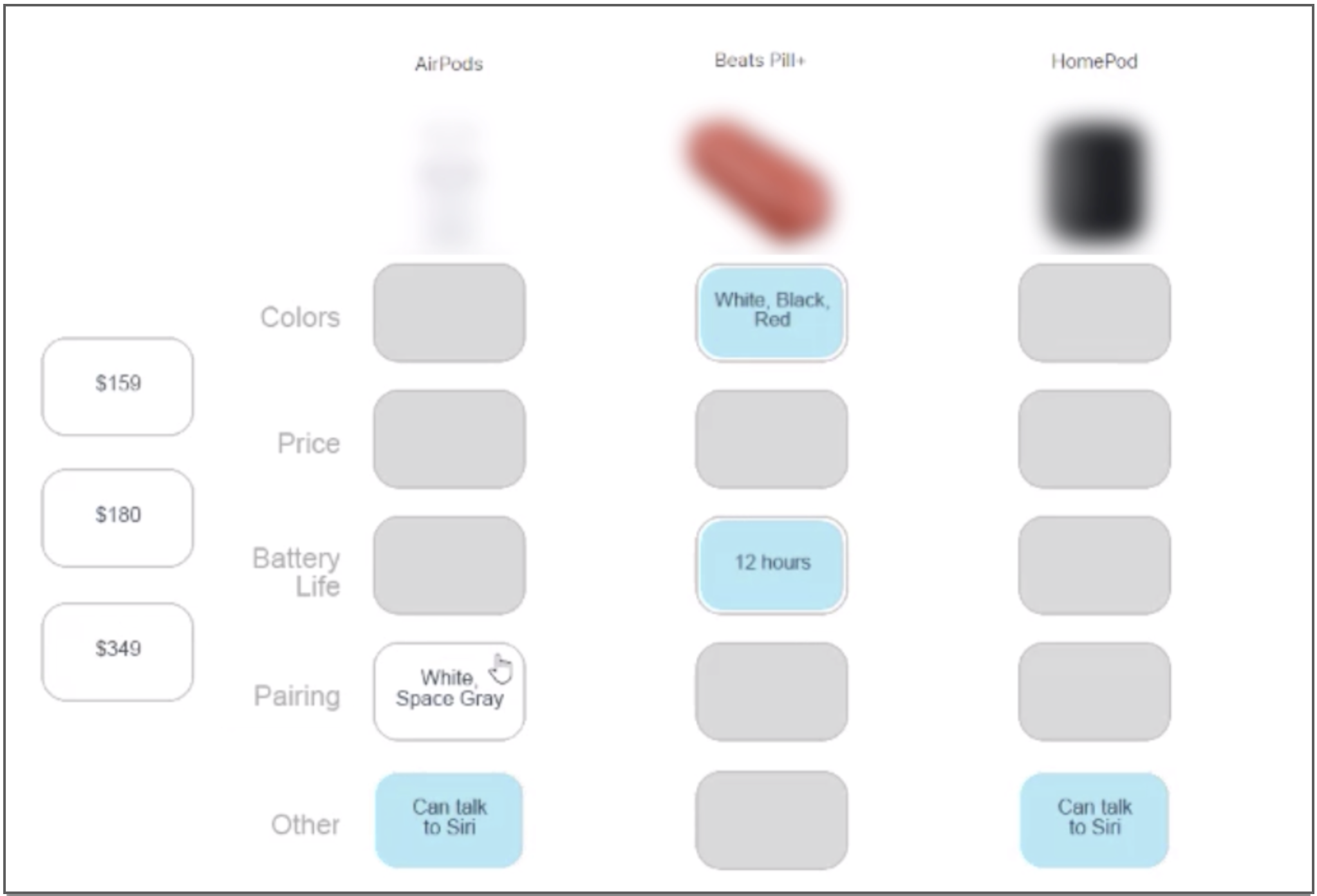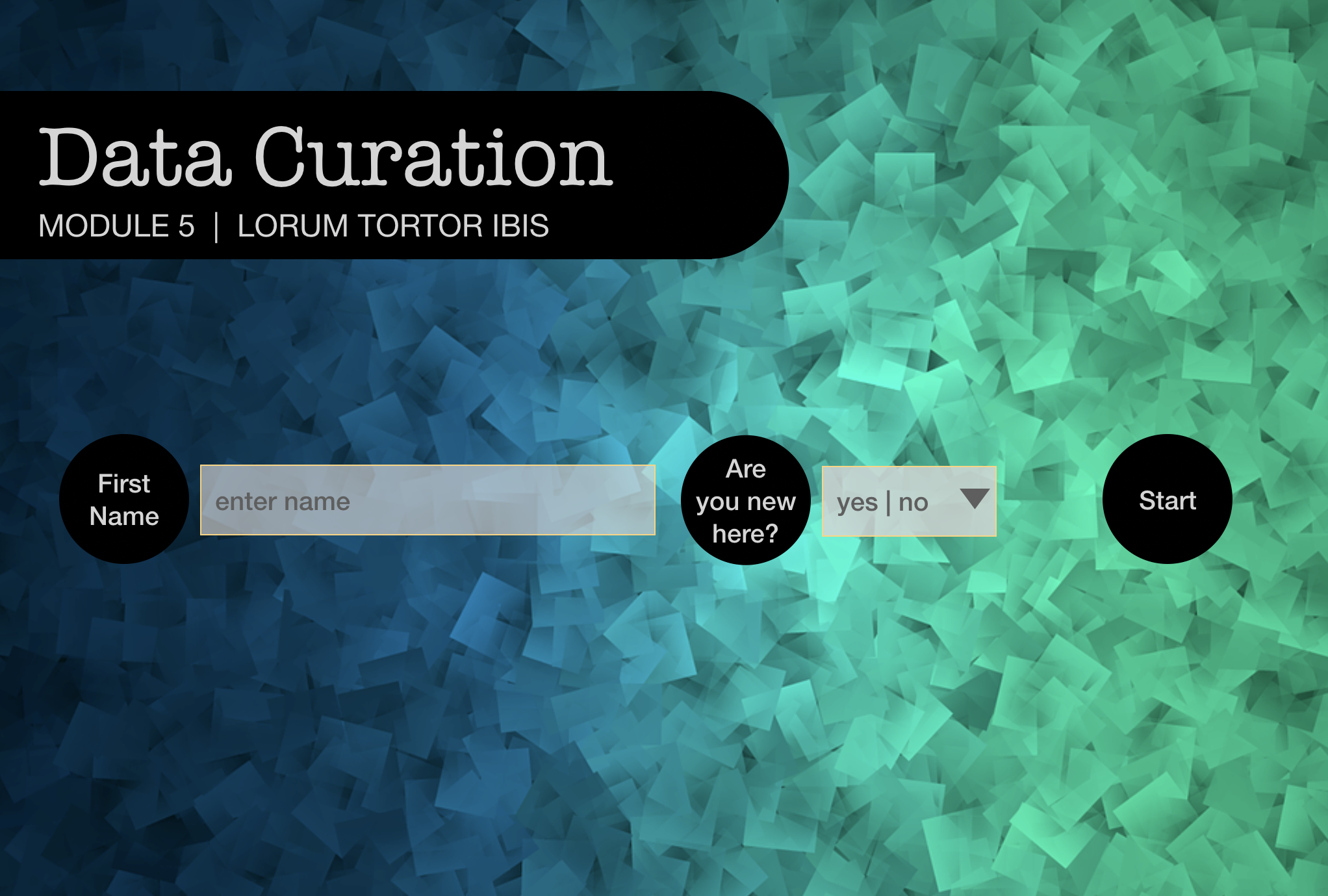Strategic Initiatives for Reduced Risk, Errors, and Ramp Up Time
Background
I led two strategic initiatives for a data operations department at a major tech company. Both stemmed from a central problem: slide decks were being leveraged for both documentation and training—and they were ineffective all around. Ramp up time was inconsistent and typically very lengthy. Tribal knowledge and informal on-the-job learning led to rampant errors. High turnover was the icing on this poop cake; the enormous risk of mission-critical knowledge walking out the door was keeping leadership up at night. We needed to transform and update 400+ topics as quickly as possible.
Solutions
My needs analysis identified over 400 topics—after removing redundancies and level-setting the approximate amount of content per topic. I also identified nearly 40 roles within the client organization. I developed a huge matrix showing which topics were relevant to which roles through consultations with leaders and team members. I then proposed a strategic roadmap (including business objectives, timelines, and resources), obtained input and buy in from twelve leaders, and separately participated in a large (cross-org) project to define the requirements for a new Learning Management System (LMS). Later on, I would come to have a strategic influence on how we used this LMS in our particular organization.
I prepared to kick off the first initiative by developing a documentation template, tactics to motivate project participants, a project plan, and a business process model. With the help of the leadership team, I recruited over 50 Subject Matter Expert (SME) volunteers to participate. The initial push included a mass “brain dump” of all tribal knowledge. I trained the SMEs how to respond to detailed prompts in the template, including how to capture their technical processes in a true step-by-step manner. In a major victory for risk mitigation, we had rough drafts of all documentation within several weeks.
I trained three writers on a newly formed, centralized Knowledge Management team; they consulted the SMEs to clarify and polish the content and build the Knowledge Base. Content was carefully prioritized according to the needs of the business at this final stage of the process. I also designed cross-functional processes to account for new topics and maintenance requests.
For this initiative, I hired two junior instructional designers, created a technical training model, and developed a train-the-trainer program for over 40 SMEs. This action learning program taught participants how to design, develop, and deliver instructor led training based on the technical training model. Each learner produced their first training module, with lots of expert feedback, as the program progressed over several weeks (there were different course lengths for different types of learners, as shown in the featured image). We also taught them how to identify appropriate topics for eLearning and submit their suggestions to us.
Once the SMEs had completed v1 of a training module, my team and I placed it in a prioritized backlog and began iterating the content. I analyzed quiz data and business metrics and consulted with leadership to decide which topics to prioritize for iteration.
This initiative eventually also included the re-launch of our relatively new LMS. We implemented additional features and role-based learning paths for both new hires and advanced positions.
As the training team leader, I had many other responsibilities including training and coaching my instructional designers, developing business process models, producing digital learning, and managing ongoing programs.
The results of these initiatives* included cutting ramp time by half, on average (dataset included ~50 new hires); reducing data operations errors by 70%, on average (dataset included ~200 workers); and avoiding any significant disruption to business continuity because of a loss of knowledge. Additionally, participants in the program were often noted by their peers and managers to have increased their commitment to the success of the organization; it seems they appreciated the learning opportunity and the chance to make a bigger contribution with their work.
*Other management interventions such as internal software improvements and process re-design were also implemented, and certainly played a big part in moving these needles. We moved at a high speed and changed many things at once, making it difficult to evaluate the isolated effect of my initiatives.






